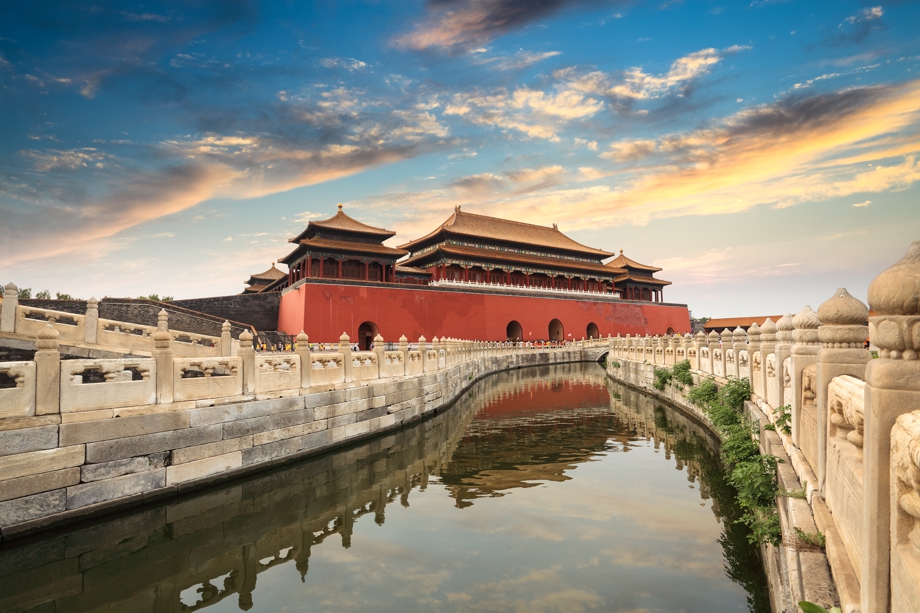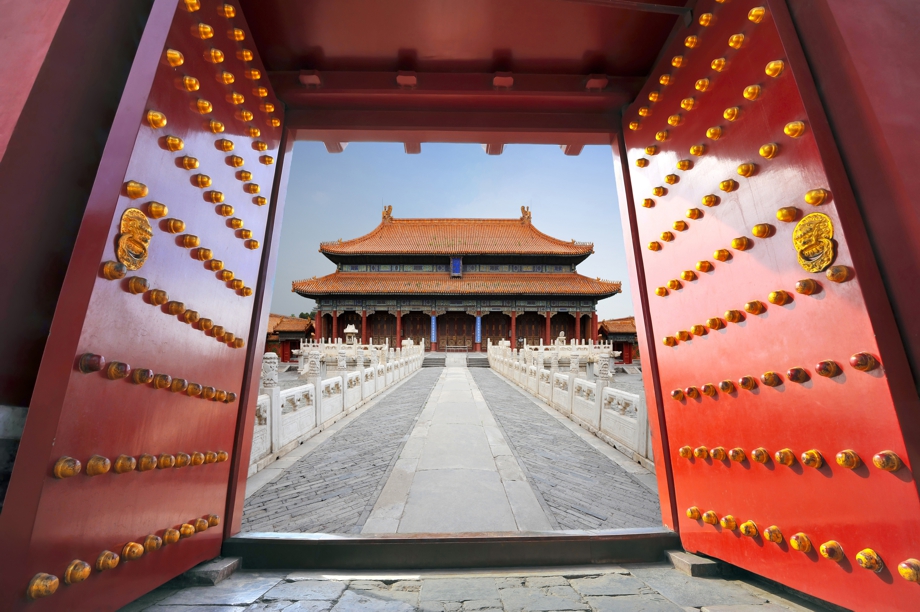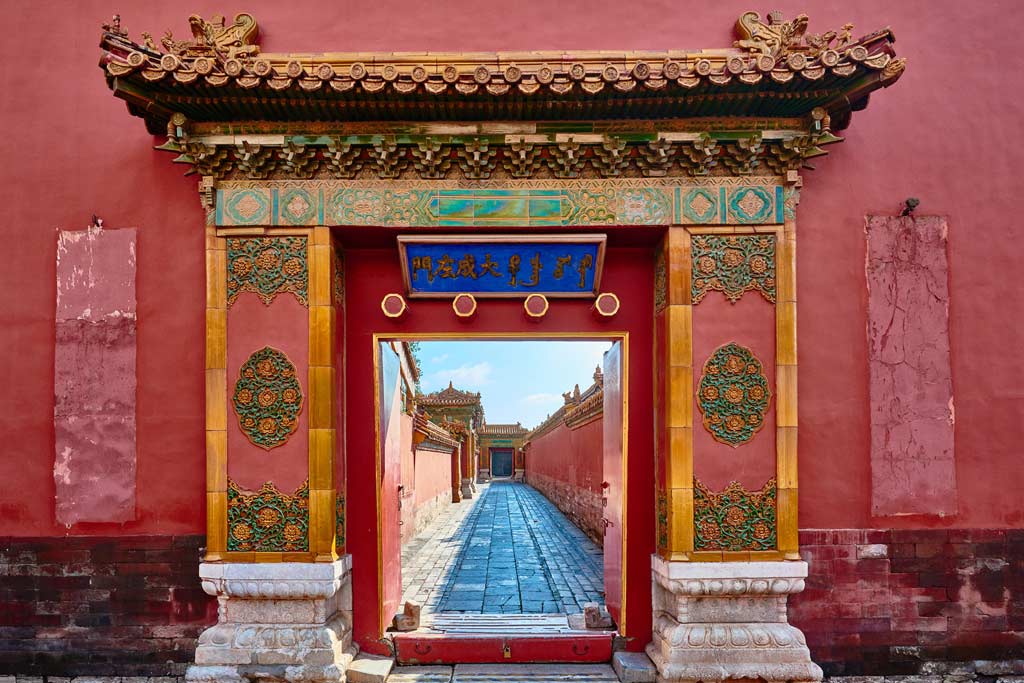The Forbidden City
4 Jing Shan Qian Jie, Dongcheng, Beijing, China
The Forbidden City, located in the heart of Beijing, is part of the UNESCO world heritage. For good reasons, because on the one hand it is one of the best preserved buildings of the Middle Ages and on the other hand it is one of the biggest palace complexes in the world. Beijing is not only one of the most visited cities in Asia visited. Beijing is also without a doubt one of the most fascinating destinations in the world. Who stays here should not miss out on the most important landmark of this metropolis should: the Forbidden City! History, facts, and knowledge – the following overview introduces the Forbidden City in Beijing.
History of the Forbidden City
The construction start of the palace complex is dated around the year 1406. Occasionally more than 100,000 craftsmen and one million simple workers are said to have been involved in the construction of the Forbidden City. Thanks to them the palace complex was completed in the unbelievably short time of 14 years. First lived in, in 1420, the Forbidden City served as the seat of the imperial family until 1911. Over the centuries altogether 24 different emperors had lived here.
The last Chinese Emperor abdicated in 1911, but continued to live with his family in the Forbidden City. It wasn’t until 1924 that the imperial family had to leave the Forbidden City and had to make the palace complex accessible to the normal population. So the complex’s name is perfectly justified, because during the golden age of imperial rule only members of the imperial family and high-ranking civil servants were allowed to enter the complex.
Worth knowing about life in the Forbidden City
During the Qing dynasty up to 3.000 eunuchs lived in the Forbidden City. The reason for this was a law, which forbade that „real men“ to be present in certain parts of the palace after sunset. In these special areas eunuchs were used as servants.
Toilets were not yet used in imperial Beijing and so there is not one sanitary facility of historical nature to be found in the Forbidden City. Alternatively the inhabitants of the palace complex used bed pans, which were covered with ashes and emptied and cleaned by the eunuchs.
Beijing is well-known for extremely harsh winters. The architects of the Forbidden City thus provided the complex with an effective furnace system. The heat was transported via pipes into rooms equipped with hollow walls.
Facts and numbers about the Forbidden City
The buildings of the Forbidden City were made out of custom made bricks. These were colored with imperial yellow and got a special gloss through an oil polish. They are also characterized by a special firmness, which guaranteed that pavilions and palaces would be damage even during Beijing’s long winters. To this very day these so-called gold bricks are manufactured according to the same, traditional recipe. Industrially produced bricks would be insufficient for the extreme temperature differences or the strict government regulations.
The entire complex of the Forbidden City extends on a surface of more than 72,000 square meters, 15,000 square meters of it is build upon. Altogether the palace complex has 890 buildings, with 9,999 single rooms. The area is also protected by a 3,428 meters long wall. There are 13,844 dragon representations in the palace complex, which are annually admired by 9 million visitors.
A truly magic place with a long history and tradition!



